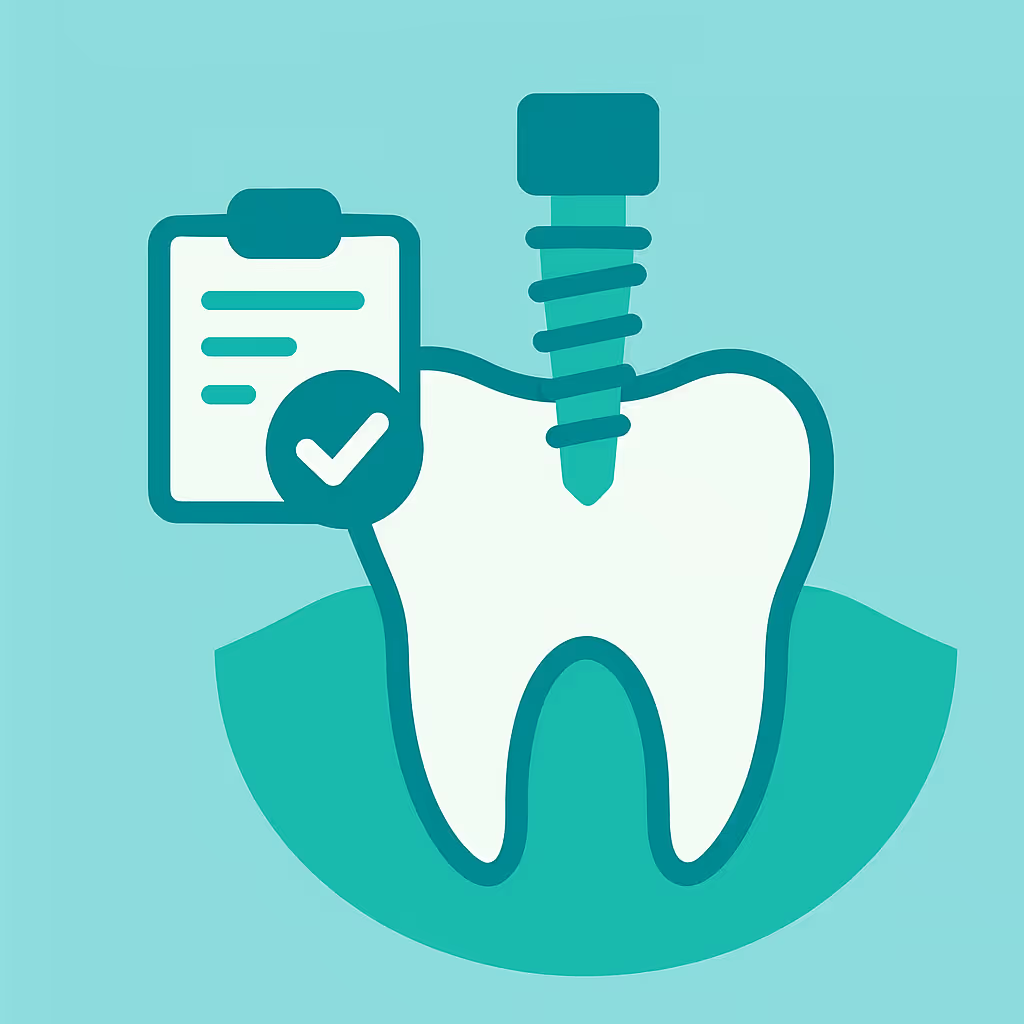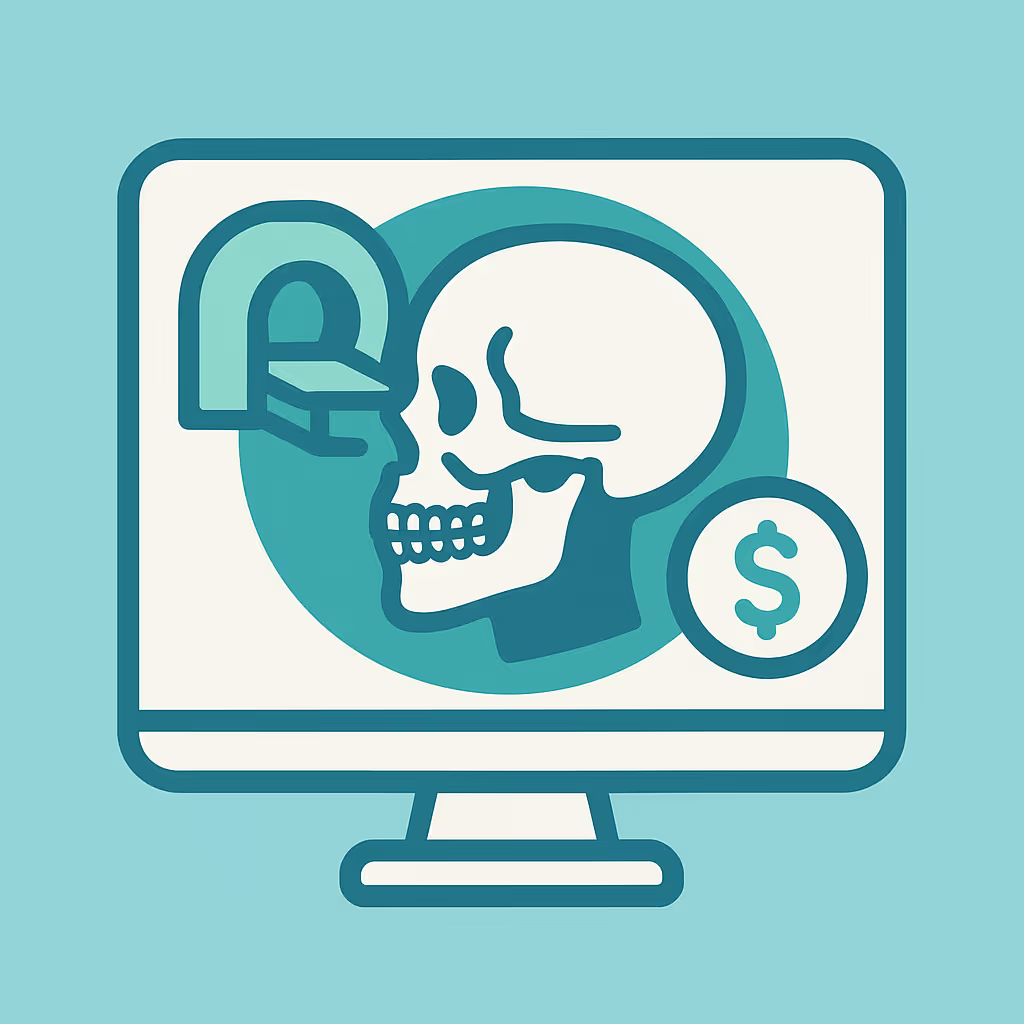Understanding Dental Code D6609
When to Use D6609 dental code
The D6609 dental code is designated for a retainer onlay—a type of indirect restoration used as part of a fixed partial denture (bridge) system. Specifically, D6609 applies when a retainer onlay is fabricated from high noble metal, noble metal, predominantly base metal, or ceramic, and is used to restore a tooth that will serve as an abutment for a bridge. This code should be used when the clinical situation requires more than a simple crown or inlay, but less than a full-coverage retainer. It is essential to confirm that the restoration meets the criteria for a retainer onlay and is not better classified under other codes, such as D6740 (retainer crown) or D6600 (inlay/only restoration).
Documentation and Clinical Scenarios
Accurate documentation is critical for successful claims processing. When billing D6609, ensure your clinical notes clearly describe:
- The tooth number and its role as a bridge abutment
- Preoperative condition (e.g., missing adjacent tooth, need for fixed partial denture)
- Justification for choosing an onlay retainer over other restorative options
- Materials used and the extent of coverage (e.g., occlusal, proximal, and cusp involvement)
- Pre- and post-operative radiographs or intraoral images
Common clinical scenarios include cases where a tooth is structurally sound enough to support a bridge but does not require a full crown, or where conservation of tooth structure is a priority. Always align your documentation with the CDT code descriptor to avoid denials.
Insurance Billing Tips
Billing for D6609 can be nuanced, as payers may scrutinize the necessity and appropriateness of a retainer onlay. To maximize reimbursement and minimize delays:
- Verify benefits: Before treatment, confirm with the patient’s insurance that retainer onlays are covered under their plan and if any frequency or material limitations apply.
- Submit comprehensive documentation: Attach detailed clinical notes, radiographs, and intraoral photos to support the need for a retainer onlay.
- Use accurate narratives: Clearly explain why a retainer onlay was chosen over a full crown or other retainer types.
- Monitor EOBs: Review Explanation of Benefits (EOBs) for payment accuracy and denial reasons. If denied, use the provided rationale to craft a targeted claim appeal.
- Appeal when appropriate: If you believe the denial was in error, submit a timely, well-documented appeal with additional supporting evidence.
Staying proactive with insurance verification and documentation can significantly improve claim acceptance rates for D6609.
Example Case for D6609
Scenario: A 55-year-old patient presents with a missing lower first molar. The adjacent second premolar is healthy, with sufficient structure to support a bridge but does not require a full-coverage crown. The dentist recommends a fixed partial denture using a retainer onlay on the second premolar and a full crown on the second molar.
Billing steps:
- Document the clinical findings, including radiographs and justification for the onlay retainer.
- Verify insurance coverage for D6609 and obtain pre-authorization if required.
- Submit the claim with detailed narratives and supporting images.
- Track the claim status and address any requests for additional information promptly.
This approach demonstrates best practices in coding, documentation, and insurance communication, ensuring a smooth billing process for D6609.





